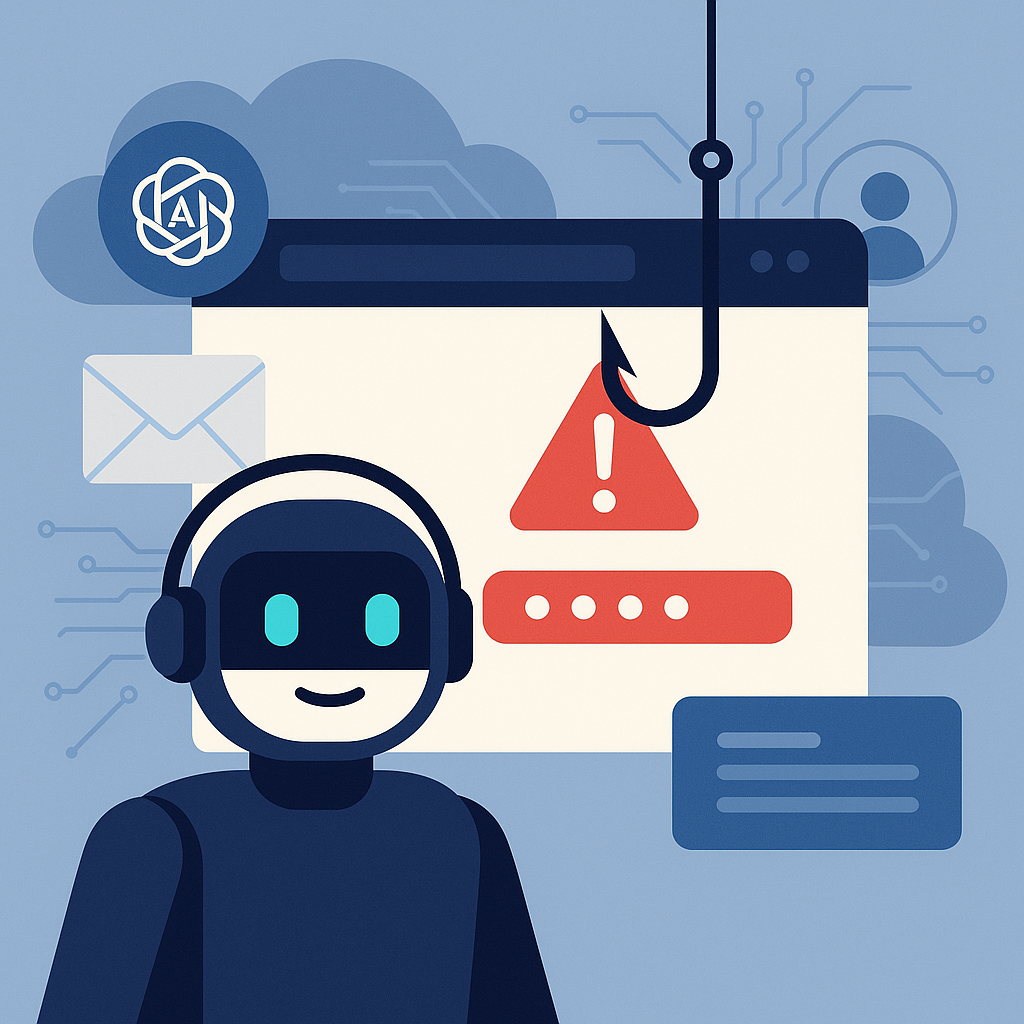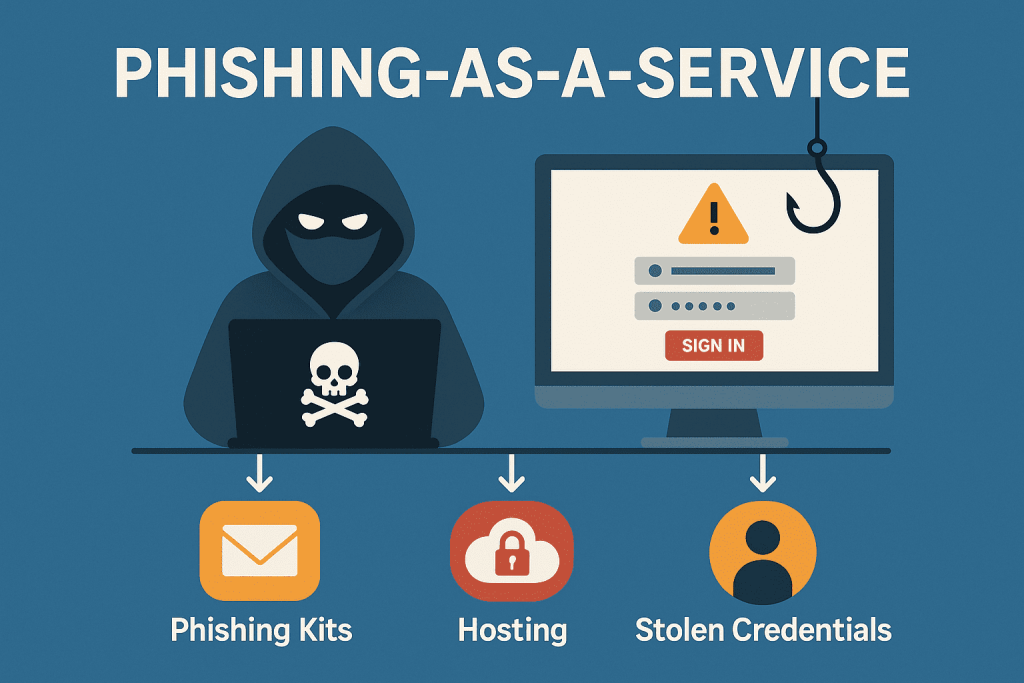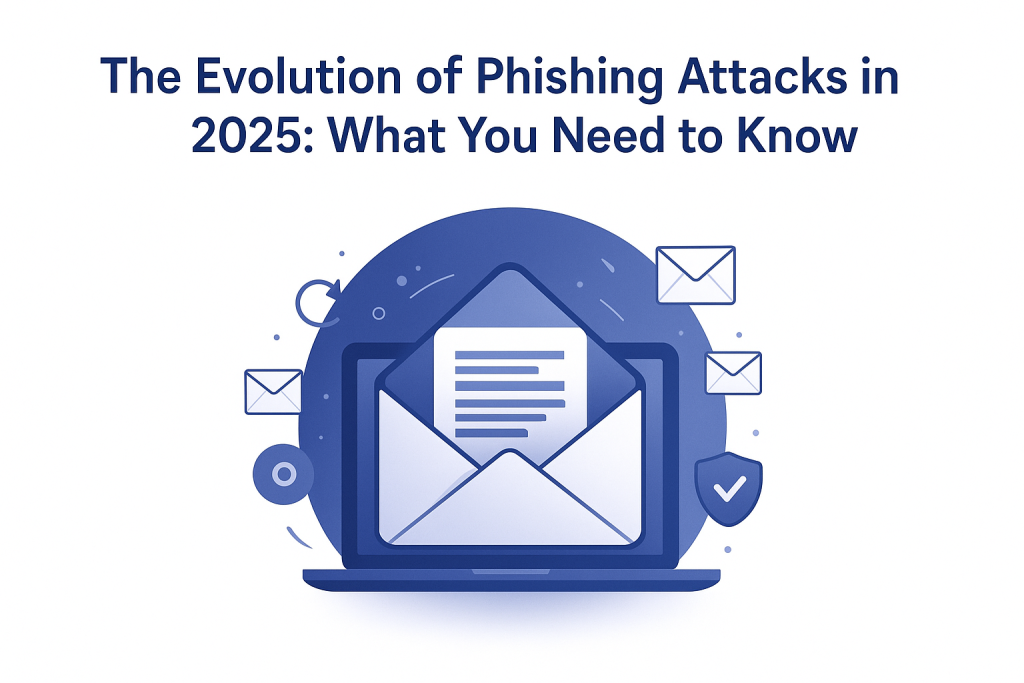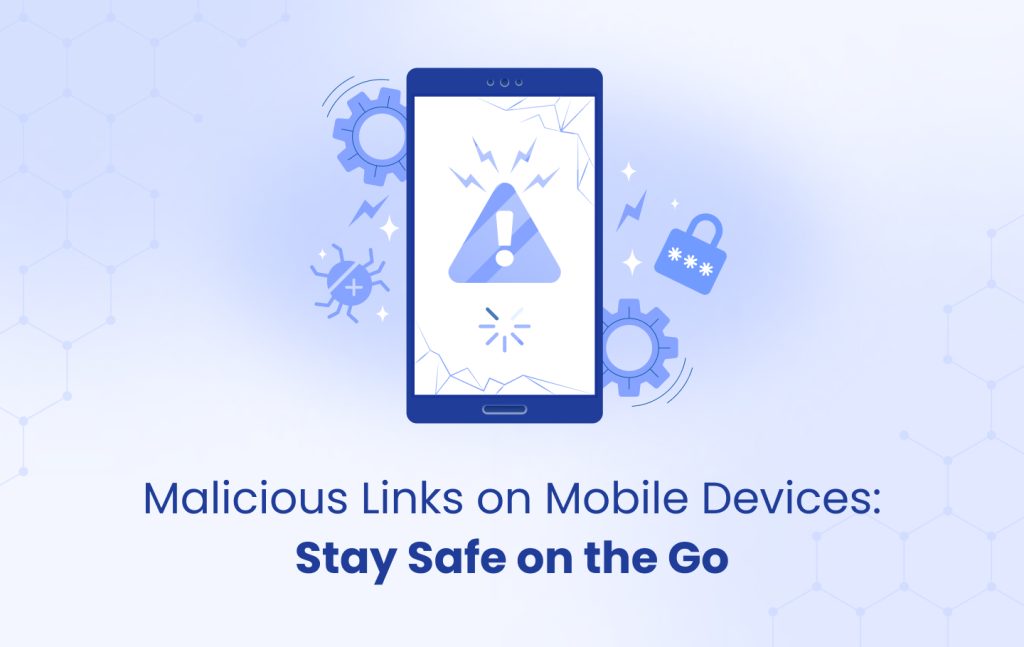Phishing attacks are no longer the clumsy, typo-filled emails they once were. With the rise of generative AI tools like ChatGPT, attackers can now craft highly convincing phishing campaigns in a matter of seconds. These tools, originally built to assist with productivity and creativity, are being repurposed to fuel faster, more personalized, and more dangerous scams.
In this article, we explore how threat actors are using AI to supercharge phishing—and what individuals and organizations can do to stay protected.
A New Era of Phishing, Fueled by AI
Before AI became widely accessible, phishing required time and effort. Cybercriminals needed to write convincing copy, clone websites manually, and research their targets. Now, GPT-powered models can do this almost instantly.
AI can:
- Write professional-looking emails with proper grammar and tone
- Mimic internal company messages or impersonate executives
- Generate HTML/CSS for fake login portals
- Create QR-based phishing links (also known as quishing)
- Translate phishing content into multiple languages fluently
With tools like V0 by Vercel, even a novice attacker can deploy phishing websites that look just like the real thing—often in less than 30 seconds.
Real-World Examples of AI-Powered Phishing
The cybersecurity community has already observed:
- AI-generated emails impersonating IT departments asking employees to reset passwords
- Scam emails cloned from real messages using publicly available templates and AI adjustments
- Phishing-as-a-Service (PhaaS) platforms integrating GPT to scale campaigns with little effort
- AI-written scripts used in voice phishing attacks, paired with cloned voices for phone scams
These scams don’t just look more convincing—they also change dynamically, which helps them bypass spam filters and antivirus tools.
Why It’s Harder to Spot the Fakes
AI-generated phishing emails are often flawless on the surface. They’re:
- Grammatically correct and well-formatted
- Personalized using publicly available data
- Crafted to match corporate branding, tone, and urgency
- Adaptable—changing slightly each time to avoid detection
What makes them truly dangerous is how human they seem. Traditional red flags like awkward phrasing, misspellings, or broken links are fading away.
How to Stay Ahead of AI-Driven Phishing
For Individuals:
- Be cautious of urgency: Even polished messages can be manipulative.
- Avoid clicking suspicious links: Visit websites directly instead.
- Use password managers: They won’t auto-fill credentials on fake pages.
- Check URLs carefully: Look for small differences in domain names or subdomains.
For Organizations:
- Implement DMARC, SPF, and DKIM: These email authentication standards prevent spoofing.
- Use AI-based email filters: Modern tools like Mimecast, Proofpoint, and Abnormal Security can identify advanced threats.
- Run phishing simulations: Train employees using realistic, AI-generated test campaigns.
- Monitor domain activity: Flag domains created recently (e.g., less than 24 hours old), which are often used in attacks.
AI vs. AI: The Cybersecurity Arms Race
As attackers use AI to their advantage, defenders must do the same. Cybersecurity firms are training detection tools to spot language patterns unique to AI-generated content. Expect to see:
- Browser-level link scanners
- Email clients with AI-based warning labels
- Stricter controls around AI-generated content used in public apps
The arms race is just beginning—but awareness and layered protection remain critical.
Phishing is no longer amateur hour. With the help of AI, cybercriminals are launching campaigns that are faster, smarter, and more dangerous than ever before. Staying safe means adapting just as quickly—by combining smarter tools with smarter habits.
Think before you click.
Use CheckPhishing.com to verify any suspicious link instantly.






